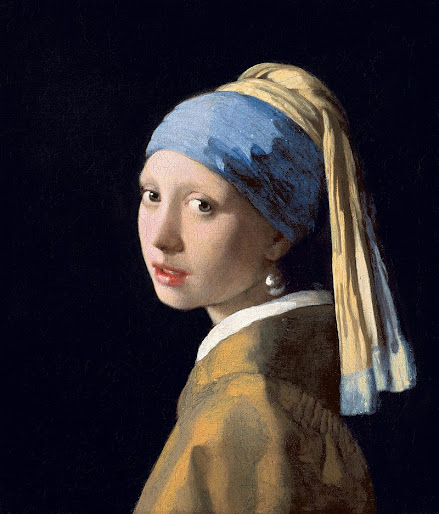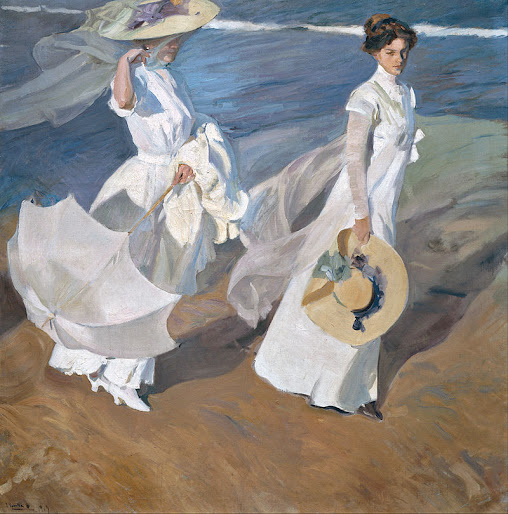Simonetta Vespucci. The muse of Sandro Boticelli
Sandro Boticcelli & Simonetta Vespucci
April 26 was the 546th anniversary of the death of Sandro Boticcelli’s greatest muse. Just as a big artist requires specific skills, inspiration for the creation of his paintings is no less important.
We refer to Simonetta Cattaneo - 'the beautiful Simonetta'. She was born to Cattocchia Spinola and the Genoese nobleman Gaspare Cattaneo Della Volta.
Her date of birth is unclear, but it must have been between 1453 and 1454, between January 28 and March 30. The birth took place in the home of the great Cattaneo merchants. Maybe in Genoa or according to some romantic sources, in Porto Venere (Liguria), the birthplace of the goddess Venus (this last version, arisen due to the late "creators of myths", compares Simonetta to Venus).
The poet Poliziano wrote that her house was:
“in that Ligurian district up the coast, where the furious Neptune strikes the rocks. There, like Venus, he was born among the waves"
She passed away on April 26, 1476. Proof of Botticelli's deep admiration for her muse would be her posthumous portrait.
As young as 16, Simonetta married Florentinian Marco Vespucci. Settling with the Vespucci family in Porto Venere, she was discovered by numerous artists such as Sandro Botticelli, the brothers Domenico and David Ghirlandaio, Piero di Cosimo and other thriving artists living in Florence at the time.
Very soon Simonetta's charms reached the ears of the family that ruled and directed the designs of Florence. More specifically, the brothers Lorenzo and Giuliano Medici. While Lorenzo de' Medici was focusing on ruling Florence, his brother Giuliano decided to seduce the beautiful Simonetta.
A fact is shown to us as significant to understand the importance of this woman. A great joust tournament was going to take place in Florence, on January 28, 1475 (interestingly the day of Simonetta's birthday), in Piazza Santa Croce in Florence.
The official pretext for the celebration of the fair would be to commemorate the alliance between the cities of Milan, Venice and Florence, which occurred on November 2, 1474.
Juliano de' Medici participated in the tournament, who, as was the custom, chose a lady, in namely Simonetta. Juliano de' Medici's squire preceded him with a banner painted by Sandro Boticcelli, where Minerva and Cupid appeared.
"It was an image of Simonetta representing Pallas Athena dressed in white, with a spear and a shield bearing the head of Medusa Gorgon. As a motto was written in French: La Sans Pareille (The Peerless One)."
She would die a year later.
Simonetta was portrayed by Sandro Botticelli on several occasions: the most famous was "The Birth of Venus" and the "Allegory of Spring". She was also portrayed in Piero di Cosimo's paintings "Portrait of Simonetta Vespucci", where she appears as Cleopatra with an asp around her neck, and "The Death of Procris". Various poems and canvases by several artists were also created in her honor.
Botticelli needed nine more years after Simonetta had passed away to finish his masterpiece "The Birth of Venus" in 1485. Meanwhile, in all his works, women represented by Botticelli holded the features of Simonetta, as seen in the many posthumous portraits he painted of her.
The painter, who never got over the death of his muse, never married, dying in 1510 and buried at the foot of Simonetta's tomb, just as he had expressed in his last will.
(Whatch video)









Comentarios
Publicar un comentario